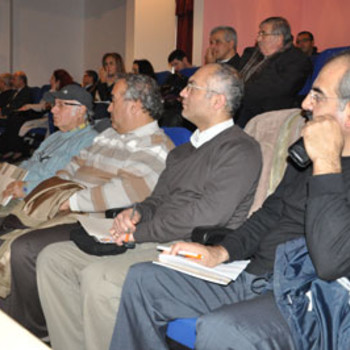How is the Hardy-Weinberg equation used?
1 Answer
Hardy-Weinberg Principle
Explanation:
The Hardy-Weinberg principle states that both allele and genotype frequencies will remain the same in successive generations of a growing population if (i) mating is random; (ii) no mutations occur; (iii) population is large enough (in other words, there is no genetic drift); (iv) there is no migration (neither immigration nor emigration); (v) there is no natural selection.
If we have only two alleses (such as Rhesus positive and negative (recollect blood type and rhesus factor)), shown as A and a, then the usual symbols for encountering their frequencies are p and q, respectively. Since there is no other possibility (in terms of probability) p+q = 1 or p=1-q.
Genotypic frequencies are generally designated as capitalized letters. Therefore, P is the frequency of AA, H (hybrid) is the frequency of Aa, and Q is the frequency of aa.
Now we have P + Q + H = 1.
Suppose a population having the genotypic frequencies of P=0.64, H=0.32 and Q=0.04. Now anyone can compute the allele frequencies as follows:
p=P+(H/2) = 0.64+(0.32/2) = 0.80
q = 1-p = 0.20
Let me tabulate some offspring genotype frequencies
(1) Parental genotype frequencies (2) Parental allele frequencies
P H Q p q
0.64 0.32 0.04 0.80 0.20
(3) Mating genotype Frequency (4) Offspring frequencies
AA Aa aa
AAxAA P^2 0.64^2 1 0.4096 0 0
AAxAa .........................................................................................
AAxaa
AaxAa
Aaxaa
aaxaa Q^2...........

